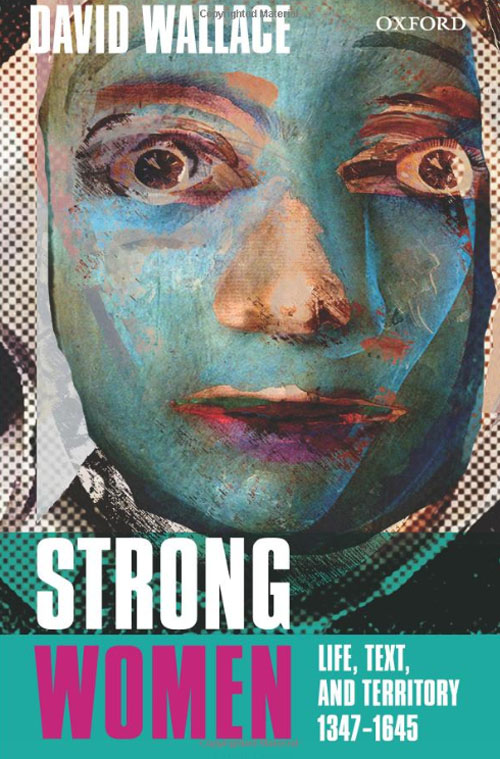Strong Women. Life, Text and Territory 1347-1645
Review

Strong Women. Life, Text and Territory 1347-1645, Oxford University Press, 2012, paperback, £18, ISBN 9780199661343
Originating in a series of Clarendon lectures given at Oxford in October 2007 and first published in hardback in 2011, this welcome paperback edition will enable more widespread access to this remarkable book. Its hardback edition elicited superlative comments from a wide range of reviewers. Barbara Newman's evaluation in Speculum, heading the review extracts on the book's back cover, perhaps best captures its essential qualities in her observation, that ‘few books in this field are so richly and widely erudite, yet such irresistible page-turners ... making Strong Women a must not just for church historians and literary scholars, but for anyone who enjoys a rollicking good read'.
The subjects of the book, four devout Catholic pre-modern women: Dorothea of Montau (1347-1394), Margery Kempe of Lynn (C 1373-c 1440), Mary Ward of Yorkshire (1585-1645) and Elizabeth Cary of Drury Lane (c1585-1639), might have been surprised at such a commendation of a reconstruction of their lives based predominantly upon, in Professor David Wallace's words ‘their textual remains'. Indeed, as Wallace also remarks, ‘all four shock, surprise and court historical danger'. Dorothea of Montau, an example of ‘borderline sanctity', ‘punishes her body and spends all day in church' whilst eight of her nine neglected children perished; Margery Kempe, ‘the anchoritic damsel' and mother of fourteen ‘empties whole churches with a piercing cry learned at Jerusalem; Mary Ward, the ‘holy amazon of Yorkshire', ‘living holily but un-immured, is denounced as an Apostolic Virago and a galloping girl' whilst Elizabeth Cary of Drury Lane, ‘Vice Queen of Ireland', having left her husband ‘torturing Catholics in Dublin Castle', became herself a Catholic convert ‘in Irish stables in London'.
Having observed in his introduction that ‘written afterlife, for pre-modern women, seemed a remote prospect' since ‘textual memorialisation was chiefly a masculine practice', he concludes, after evaluating the respective provenances of the key texts, that ‘the borderline between romance and hagiography ... is famously elusive' and recognising that the extant textual records of the lives explored in the book stand at ‘greatly varying distances from the lives of the women they represent'. The text of the book engagingly explores this hiatus and is enhanced by over thirty photographs taken mainly by the author supplemented by images supplied by specialist libraries and museums, and contains an appended bibliography.

